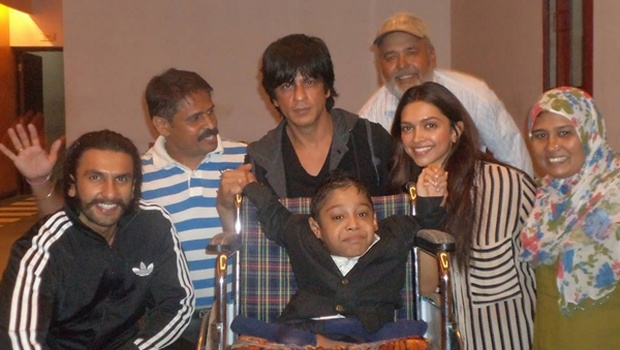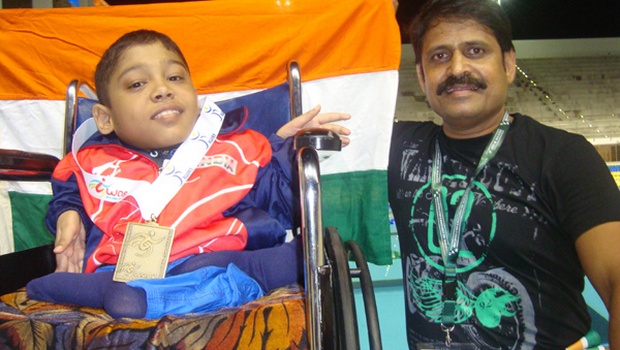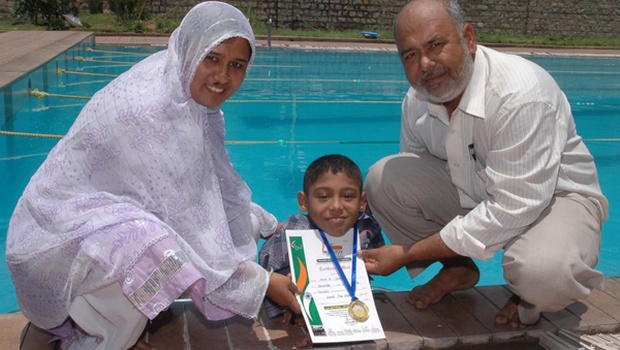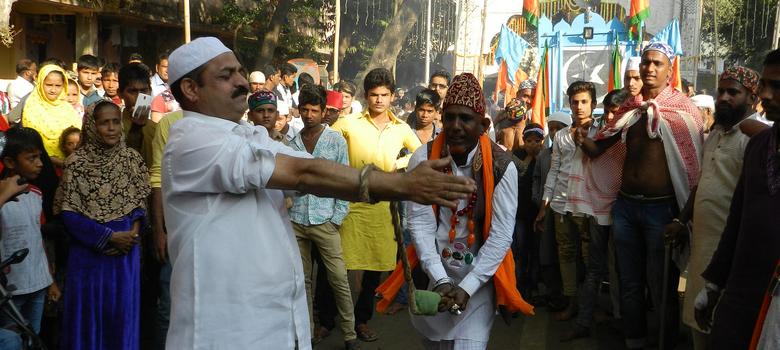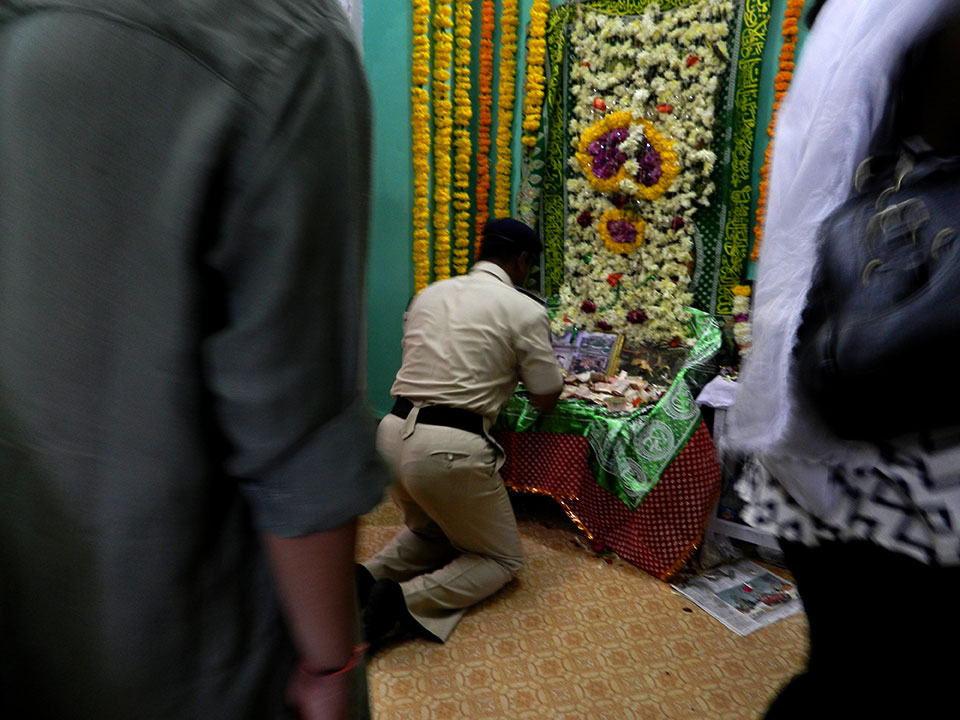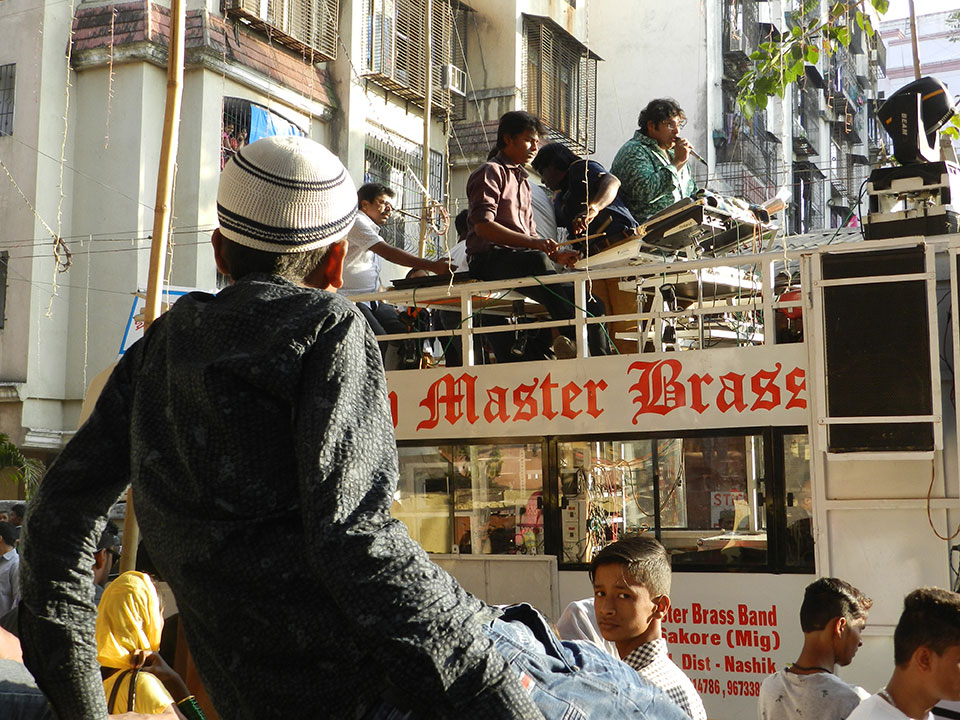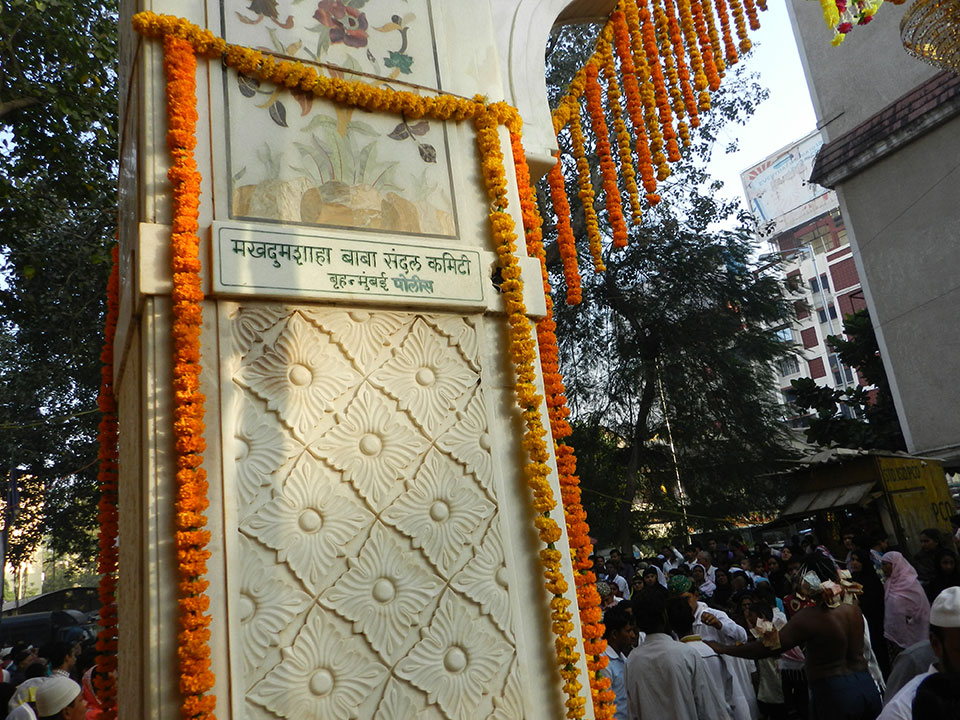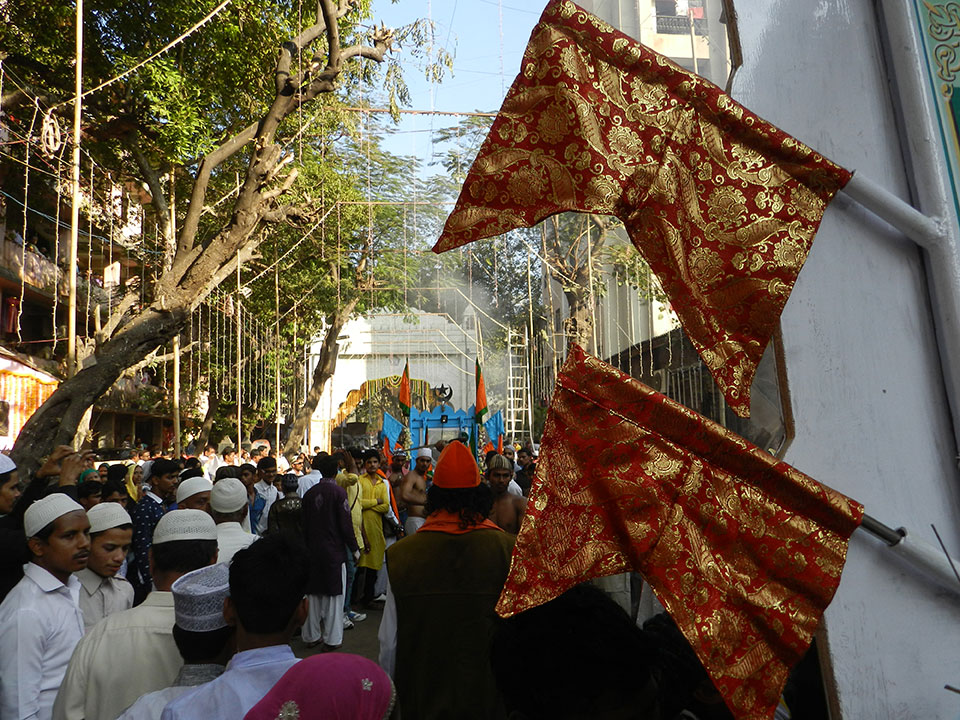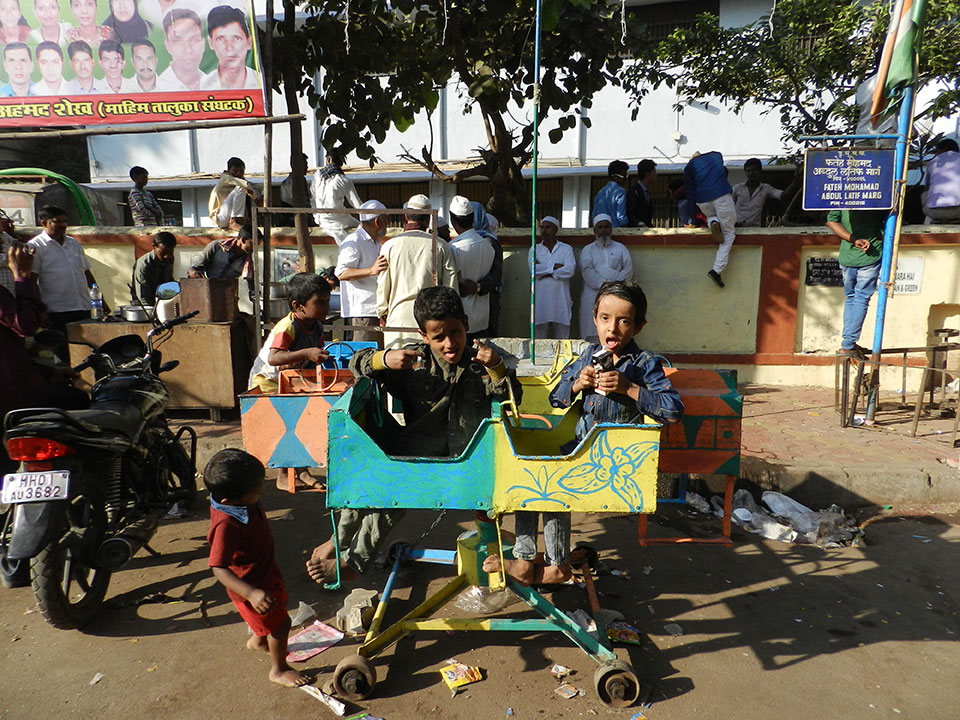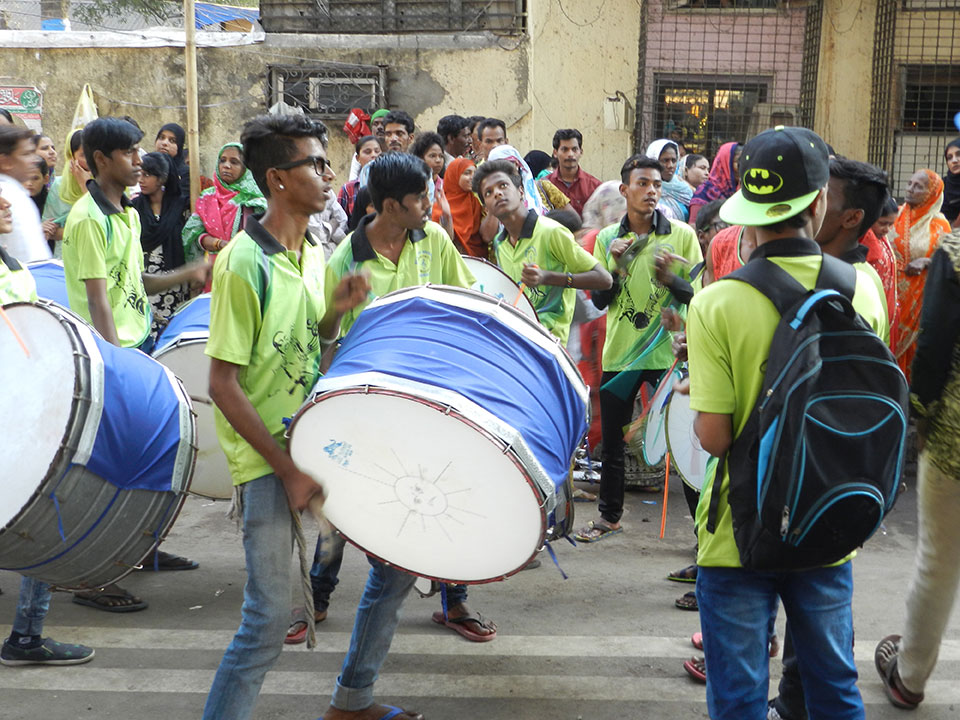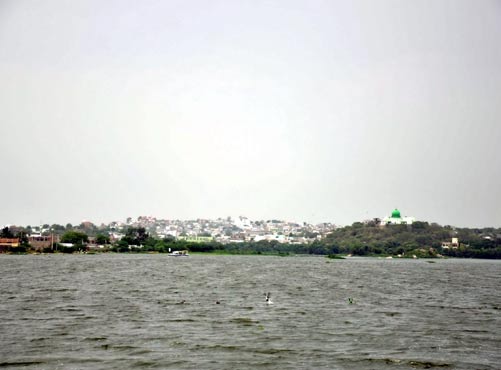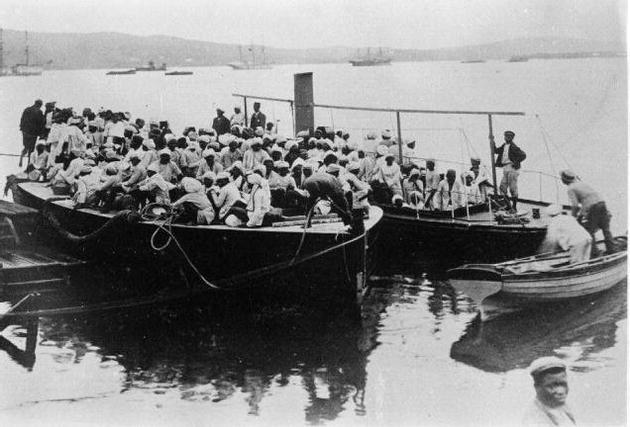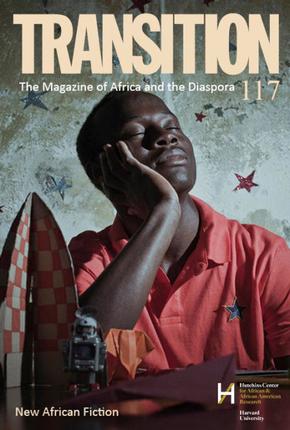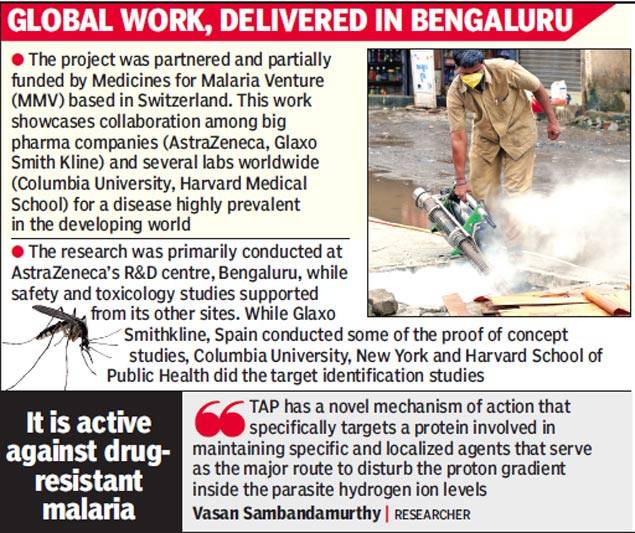Bhopal, MADHYA PRADESH :
![[Topper meritorious students with their medals, Certificates of Excellence and scholarship cheques posing with MP Chief Minister and other dignitaries]](http://www.mpositive.in/wp-content/uploads/2015/12/Bhopal01MPOs31dec2015.jpg)
Madhya Pradesh Chief Minister Shivraj Singh Chouhan seeing in flesh and blood the rich crop of talent in Muslims on parade when meritorious students from all over India, which had amongst them a 100 per cent achiever in Higher Secondary Board examination, were being felicitated was so much overwhelmed and elated that when addressing the gathering he expressed his delight and pleasure in an unambiguous manner.
Chief Minister Chouhan, who was floored at the spectacle of overflowing talent in Muslim students, spontaneously announced Rs.10,000/- each honorarium for all the 117 meritorious students in the country who were to be feted by AFMI (American Federation of Muslims of Indian Origin).
The occasion was the inaugural function on the opening day of the two-day 24th International Convention on Education and Gala Award Programme of AFMI (American Federation of Muslims of Indian Origin), which concluded here on December 27, 2015 in the central Indian state capital Bhopal, in the walled city at Four Seasons Lawn, Ahmadabad Palace.
The 2-day convention on December 26-27 was held under the aegis of Association of Indian Muslims (AIM) Bhopal. Next year it will be the Silver Jubilee celebrations of AFMI and the 25th International Convention on Education and Gala Award Programme would be held in New Delhi in the last week of December 2016.
100 pc Achiever Saima Rasheed
Amongst the meritorious students was Saima Rasheed, with unique achievement of having garnered 100 per cent marks in Std. XII in Punjab Higher Secondary Board examination 2015. The topper, who aspires to become an IAS officer, was the cynosure of all eyes at the felicitation programme. She gave all credit to her parents and teachers who guided her to achieve this great success. She received a gold medal, Certificate of Excellence and a special cheque of Rs.10,000/ on the occasion to a thunderous applause.
The AFMI had selected 117 talented students for felicitation during the two day convention from 22 states viz. Andhra Pradesh, Uttar Pradesh, Punjab, New Delhi, Gujarat, Odisha, Telangana, Tamil Nadu, West Bengal, Maharashtra, Rajasthan, Chhattisgarh, Jharkhand, Assam, Bihar, Kerala, Karnataka, Jammu-Kashmir, Manipur, Uttarakhand, Haryana and Madhya Pradesh. All the students were honoured with gold, silver and bronze medals along with Certificate of Excellence and scholarships as per their performance in the X and XII Board examinations.
Local MLA Syed Arif Aqeel, Vice Chancellor of Bhoj Open University Dr. Tariq Zafar, former Vice Chancellor of Aligarh Muslim University Padma Shri Dr. Mahmood-ur-Rehman (IAS retd.), convocation’s Chairman Owais Arab, parents of meritorious students and distinguished citizens attended the function. While the Chancellor of Maulana Azad National Urdu University, (MANUU) Zafar Sareshwala, who was to be guest of honour, was conspicuous by his absence on the occasion.
Speaking as chief guest on the first day Chouhan said that education builds human beings. Education is very necessary. The Madhya Pradesh Government has provided necessary assistance and facilities in education sector without any discrimination. Scholarship schemes have been implemented for poor students belonging to minorities, weaker section and general category. The scholarships are being given to 1,60,000 students in the state. Economic assistance worth Rs.15 lakh is also being provided for study in foreign countries. Cycles are given free of cost to students who go outside village to study. The students who are not able to get benefits of these schemes are provided higher education loans on guarantee of state government, he added.
He said girl students securing over 60 per cent marks in examinations are given benefit of “Gaon Ki Beti” scheme. Earlier, only a couple of students used to get selected in prestigious national institutes, this year 1700 students of the state have achieved this distinction through proper guidance and extension of facilities.
Souvenir released
Turning philosophical, Chouhan said that life becomes meaningless without brotherhood. India has given message of love and brotherhood. Everyone is respected and loved in India. He said that “Mazhab NaheeN Sikhata Aapas Mein Bair Rakhna, Hindi HaiN Hum Watan Hai HindostaN Hamara”. Therefore, festivals of all religions are held at Chief Minister’s House with utmost joy, fervour and honour. The Chief Minister released a souvenir “Clarion The Unity” on the occasion.
Dr. Mahmood-ur-Rehman, a retired IAS and former Vice Chancellor of Aligarh Muslim University (1995-2000), who presided over the inaugural function, stressed to provide quality education to Muslim children and youth not just for jobs alone but to mould their character in their formative age so as to become responsible citizens. He expressed concern over the fact that Muslim students are unable to go to good schools due to prevailing poverty in the community and as such are devoid of quality education.
He lamented over the fact that only about 2.5 per cent of Muslims population appear in the IAS and allied services examinations and as such their selection in these prestigious services is also in the same minimal ratio. If percentage of participation in these examinations is high then their selection would also increase and thereby give the community the much needed self confidence and then it can hope to look up and not be looed down upon, he added.
![[Saima Rasheed, who accomplished unique achievement of having garnered 100 per cent marks in Std. XII in Punjab Higher Secondary Board examination 2015, being presented gold medal, Certificate of Excellence and a special cheque of Rs. 10,000/- by Madhya Pradesh Chief Minister Shivraj Singh Chouhan at the AFMI Internation Convention in Bhopal.]](http://www.mpositive.in/wp-content/uploads/2015/12/Bhopal02MPOs31dec2015.jpg)
Dr. Nakadar, who is an alumna of Bhopal-based Gandhi Medical College, informed that the first medals were awarded by AFMI in 1993, with a modest start of 46 students who had demonstrated high academic achievement from five different states. Beginning was then made by rewarding students securing over 90 percent marks. As this practice of awarding meritorious students of Board examinations continued the cut off percentage continued to increase over the years with percentage of marks even as high as 99.9. However, this year it has been has been unique when a Muslim girl from Punjab Board scored cent per cent marks. AFMI will take care of entire education of this girl’s education, he declared.
He pointed out that analysis shows that competition has become so keen that the difference of marks between a gold medallist and a silver medallist is hardly 0.1 per cent (1/10th of 1 per cent) and in some states students receiving 96 per cent don’t even get a bronze medal. Motivation theory recognizes the importance of extrinsic motivation from rewards and recognition for performance. Accordingly, this leads us to believe that an award system encourages students to be more competitive and, therefore, perform better at the exams. Hence, it is reasonable to conclude that AFMI’s medal program has contributed positively to student achievement at the Board Exams, he added.
Turning his attention to the meritorious Muslim students on the occasion Dr. Nakadar said: “We are honoured in celebrating your achievements. You are joy, pride and our future. Don’t think what you are but think what you want to be”.
Be bold and courageous
Dr. Nakadar advised students not to be intimidated but to be bold and courageous in solving the problems in life. When you enter into real life you will realise that real life is not what you learnt in the college. It is tough and merciless. In real life you will face different kinds of multiple problems. Meet these problems with courage, compassion, love and hope.
Continuing, he urged students not be afraid of these problems. Discard fear because it is your worst enemy. There are various kinds of fears you will come across. Fear of what you are; Fear of your beliefs; Fear of failures; Fear of rejection, Fear of not knowing what is next and so on.
To conquer all these fears remember one cardinal principal: Refuse to be afraid and meet these problems and challenges with courage, Dr. Nakadar opined. He said: “Be positive in your approach and towards life if you do that then be rest assured you will conquer peaks after peaks”.
Talking to the assemblage Dr. Nakadar said it is our duty to see India not only survives but gets to the top of the world by adhering to the principles of pluralism, justice and equality. “We know that pluralism is the Achilles Heel of our society’s foundation. And it is this ethos that has led our social, economic and political progress in a democratic setup. We must adhere to this ethos and propagate it. Our fight is an intellectual fight and for this we need to empower ourselves with quality education”, he remarked.
India which is Bharat, he cautioned, is going through a very difficult period and some people in Bharat and the West have questioned the survival of Bharat’s beautiful pluralistic mosaic. “Remember, you are a vital part of Bharat and make sure that the vital part is not weak. If you are weak, then you weaken the whole body of Bharat. It is the duty of all of us to see that Bharat prospers”, Dr. Nakadar concluded.
On the second day of the convention Prof. Akhtar-ul-Wasey, National Commissioner for Linguistic Minorities, New Delhi, who presided over the inaugural function, lauded the efforts of AFMI for nearly two-and-half decades to banish illiteracy from the Muslim Ummah and uplift it educationally so that it is at par with others in all walks of life. He praised the dedication and sincerity of Dr. Nakadar and his entire team leaving no stone unturned to achieve their target.
Prof. Wasey reminded that there is no differentiation between “Deen and Duniya” (Religion & worldly affairs) in Islam as both are entwined together and are complimentary to each other. A perfect balance between spirituality and materialism is the key to success to life here and Hereafter which the Almighty has ordained, he pointed out.
During the two days lectures on Emerging Trends in Academic Fields were delivered. The speakers and their topics were: 1. Ayub Khan (Toronto-Canada), on “Technology and Internet Resources for students”; 2. Dr. Hussain Nagamia (Tampa-Florida-USA), on “Emerging Trends in medical education”; 3. Er. Shafi Lokhandwala, (Livonia-MI-USA), on “Emerging trends in Technological field”; 4. Dr. Khutbuddin, (Indianapolis-Indiana-USA), on “Psychological strategies for youths to achieve goals” and 5. Ali Qureshi (Albuquerqui-NM-USA) on “Progressive way on Model education with limited resources”.
Wing Commander (Rtd.) Dr. Ashraf, Dr. Mohsin U Khan of Zaheer Science Foundation-(New Delhi); Mrs. Darakshan Khan (Chicago-IL-USA); Mrs. Husena Ponawala (NY-NY—USA); Siraj Thakore (Toronto-ON-Canada); Tayeb Poonawala (NY-NY-USA); Afroz Ahmed, Member (Environmental and Rehabilitation) Narmada Control Authority, Shameem Tariq from Mumbai etc. also addressed the gathering with a focus on students to motivate them to unravel their hidden talent and achieve great heights in life.
Prof. (Mrs.) Tahira Abbasi spoke about the aims and objects of Association of Indian Muslims, (AIM), which hosted the function, and its activities over the years.
The two-day programme was compeered jointly by Dr. Afaq Nadeem, Lecturer in CTE of MANUU, and Mrs. Rushda Aejaz with aplomb. (pervezbari@yahoo.co.in)
source: http://www.ummid.com / Ummid.com / Home> Education & Career / by Pervez Bari, ummid.com / Thursday – December 31st, 2015
